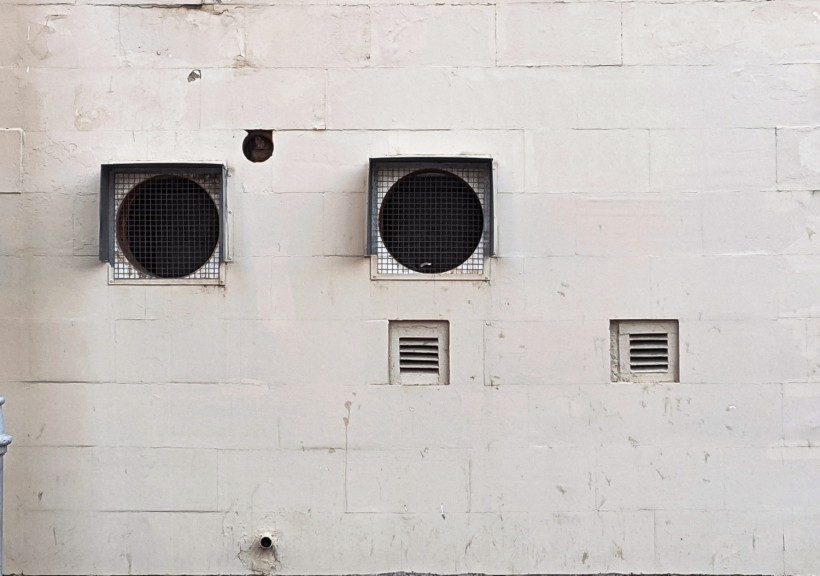Did you know that the average person spends approximately 90% of their time indoors? The importance of proper air quality in your home cannot be understated. And when it comes to ensuring that there's enough clean air and minimal pollutants around your living space, effective ventilation is key.
Aside from natural ventilation, which is seldom sufficient on its own, there are various home ventilation systems you can use to bring fresh air in and keep moisture out. In this guide, we'll discuss the most popular options to determine what will best suit your needs.
Spot Ventilation
As the name suggests, spot ventilation is designed to remove moist and stale air from a specific area. It's a mechanical system that's typically used in bathrooms and kitchens. While the exhaust fans offer a more controlled solution than opening your windows, the airflow isn't strong enough to cover all areas of your home.
Another potential drawback with spot ventilation is that leaving the system running for too long will let in more unclean air than it removes, essentially performing the opposite of its intended purpose.
Energy Recovery Ventilation
There are two types of solutions in this category, namely heat-recovery ventilators (HRV) and energy recovery ventilation (ERV) systems. Both make use of the energy contained in the extracted air to condition incoming air from outside, either heating or cooling it depending on the season.
What that basically means is that this home ventilation system provides the benefits of cleaning the air in your home while simultaneously preventing energy loss, thus reducing your power bill. Depending on the system, you can eliminate moisture and pollutants, as well as lower your reliance on other home heating or cooling solutions.
Of course, these systems do come at a higher upfront cost. But by being able to recover between 70% to 80% of the heat from the air in your home, the money you save on electricity makes it a considerable investment.
Whole-House Ventilation
In addition to ERV and HRV systems, there are three other whole-house ventilation solutions.
The first is exhaust ventilation, which uses fans to create negative pressure. This causes air to be pulled in through the cracks and gaps in your home. Alternatively, it may draw air from rooms using ducts before exhausting it outside. A few drawbacks of this method include its inability to remove moisture and high energy costs.
The second option is supply ventilation. Instead of pushing indoor air out, this system forces outdoor air in by using a fan to create pressure. This air is then filtered and distributed around the home through ducts. While affordable, supply ventilation is rarely used in the UK and other colder climates, as it can cause warm indoor air to leak out.
Finally, there is balanced ventilation. This is the core of the afore-mentioned ERV and HRV units, albeit without the parts that allow it to recover energy. It only removes stale air and brings fresh air in.
As you can see, the right system for your home mainly depends on your budget. The best options have the highest upfront cost, but also offer the greatest long-term benefits.
* This is a contributed article and this content does not necessarily represent the views of sciencetimes.com















